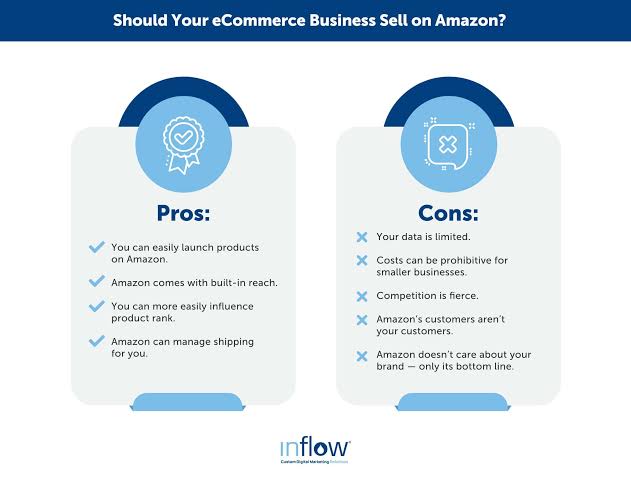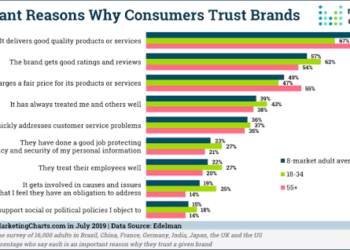As the Amazon marketplace reaches new levels of competition in 2025, sellers find themselves facing a pivotal challenge: maintaining healthy profits in an environment shaped by rising fees, complex logistics, and demanding customer expectations. Success on this global platform depends on more than just moving units, it requires tight control over every variable affecting the bottom line, from product sourcing and listing optimisation to inventory management and fee engineering.
That’s where an experienced Amazon Marketing Agency makes all the difference. By leveraging advanced analytics, sophisticated marketing strategies, and industry expertise, these agencies empower sellers to not only boost revenue but maximise profitability. They craft personalised approaches to Amazon’s evolving landscape, ensuring that every step from product selection to advertising contributes to greater earnings with less wasted spend.
Understanding True Profitability on Amazon
Calculating profit on Amazon is more intricate than it appears. Beyond the basic selling price and cost of goods, sellers contend with a range of fees: referral commissions, FBA and storage costs, inbound placement charges, advertising expenses, returns processing, and adjustment fees. Top-performing sellers prioritise fee audits downloading settlement reports and comparing them to expected charges to identify errors or overcharges that can be disputed for reimbursement.
Bundling products to increase average order value, optimising packaging for lower dimensional weight, and leveraging automated repricing tools are just a few tactics that successful brands use to improve margin and reduce unnecessary fee leakage.
Strategic Product Selection and Pricing
The journey to profitability starts with careful product selection. Sellers are advised to look for products that show high demand but low competition, and to monitor reviews to uncover opportunities for improvement or differentiation. In addition, building brands around products with strong branding potential and manageable shipping costs ensures better sustainable profitability, especially as logistical fees continue to rise in 2025.
Dynamic pricing tools have become essential. By automatically adjusting prices in real-time based on market demand, competitor activity, and seasonal trends, sellers can stay ahead of the pack and avoid being undercut or losing out on margins.
Listing Optimisation: Winning the Conversion Game
It’s not just what you sell it’s how you present it. Thorough listing optimisation boosts both visibility and conversions, directly impacting overall profitability. Top sellers regularly A/B test key elements like product titles, images, and bullet points, learning which versions deliver higher click-through and conversion rates. With the average Amazon conversion rate sitting around 10%—significantly higher than most standalone e-commerce sites, even marginal improvements can yield substantial gains.
Enhanced Brand Content (A+ Content), compelling lifestyle images, and persuasive storytelling all help listings stand out in crowded markets, driving higher sales without additional advertising cost.
Advertising Efficiency: Spend Smarter, Not Just More
Advertising remains a powerful tool for growth, but it can quickly erode profits if not managed strategically. The savviest sellers build targeted campaigns through Amazon PPC and DSP, monitor performance meticulously, and pause underperforming ads. Focusing ad budget on high-traffic, high-converting products offers the best return, especially when paired with a holistic account review to avoid excessive spending on slow movers.
Utilising Amazon’s Marketing Cloud and segmentation controls allows sellers to personalise campaigns, reaching the audiences most likely to convert and increasing the impact of every dollar spent.
Streamlined Fulfilment and Inventory Management
Amazon’s fulfilment system provides global reach but also introduces new costs. Sellers need to make careful decisions about FBA (Fulfillment by Amazon) versus FBM (Fulfilled by Merchant). FBA offers speed and Prime status but comes with storage and handling costs that can erode profit if not closely tracked. Regularly reviewing inventory health, eliminating slow-moving stock, and using data-driven restocking tools keeps carrying costs down and ensures healthy cash flow.
Lean inventory levels help avoid long-term storage fees, and expanding into international markets using Pan-European FBA or Amazon Global Selling can open new revenue streams with controlled operational costs.
Compliance and Account Health
Long-term profitability on Amazon also depends on robust compliance protocols. Missteps here can lead to account suspensions or cost-draining penalties. Maintaining a strong Account Health Rating, responding promptly to Amazon notifications, and proactively addressing negative feedback preserve seller status and ensure consistent access to the marketplace’s vast audience.
A proactive agency partner helps detect and address compliance risks early, protecting profit margins by avoiding fines, lost sales, and operational disruptions.
Scaling Sustainably
Finally, profitable Amazon sellers know they can’t go it alone. Mastermind groups, seller communities, and professional mentors provide collective intelligence, enabling sellers to adapt quickly to market changes. By benchmarking results, sharing solutions, and collaborating on best practices within trending conversations like pinay latest viral, sellers maintain agility in managing their bottom line and scaling for long-term growth.






